District Six: Terrible decision saw thriving suburb disappear
It was once one this city’s most thriving suburb, alive with culture. But a terrible decision, and decades of dithering, has left a “desolate” scar.
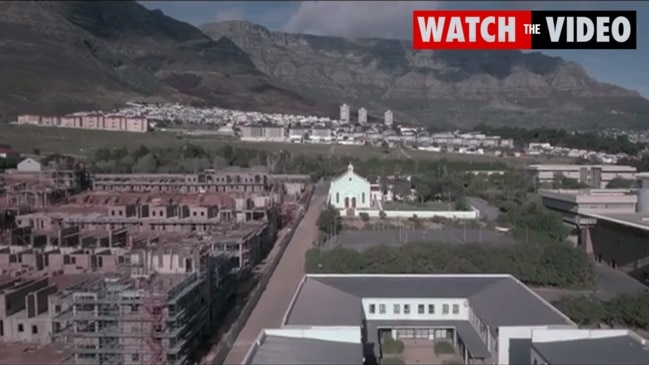
Harrington St is a bustling CBD fringe thoroughfare in a city of almost five million.
On one corner is a bagel shop; on the other a barber. Skyscrapers, offices, manicured public parks and increasingly expensive apartments are seconds from this hipster enclave.
Yet, just one block away, Cape Town comes to a shuddering halt. The houses and shops gone, replaced by what has been labelled “desolation” and block after block of barren wasteland.
From the sky you can still make out the old streets, shorn of all buildings, now overgrown and pockmarked by weeds. Then, just as abruptly, Cape Town splutters back into life again one neighbourhood along.
“There’s this place in the middle of the city that’s just nothing,” filmmaker Weaam Williams told news.com.au from Cape Town.
“It’s just open fields with lots of vagrants. There’s two or three mosques and churches, that’s all, with no community around and just a few homes.
“All the houses, they just literally threw them down. And now there’s a lack of political will.”
Welcome to District Six – the once thriving inner city suburb that was razed from the map half a century ago and is still waiting to come back from the rubble.
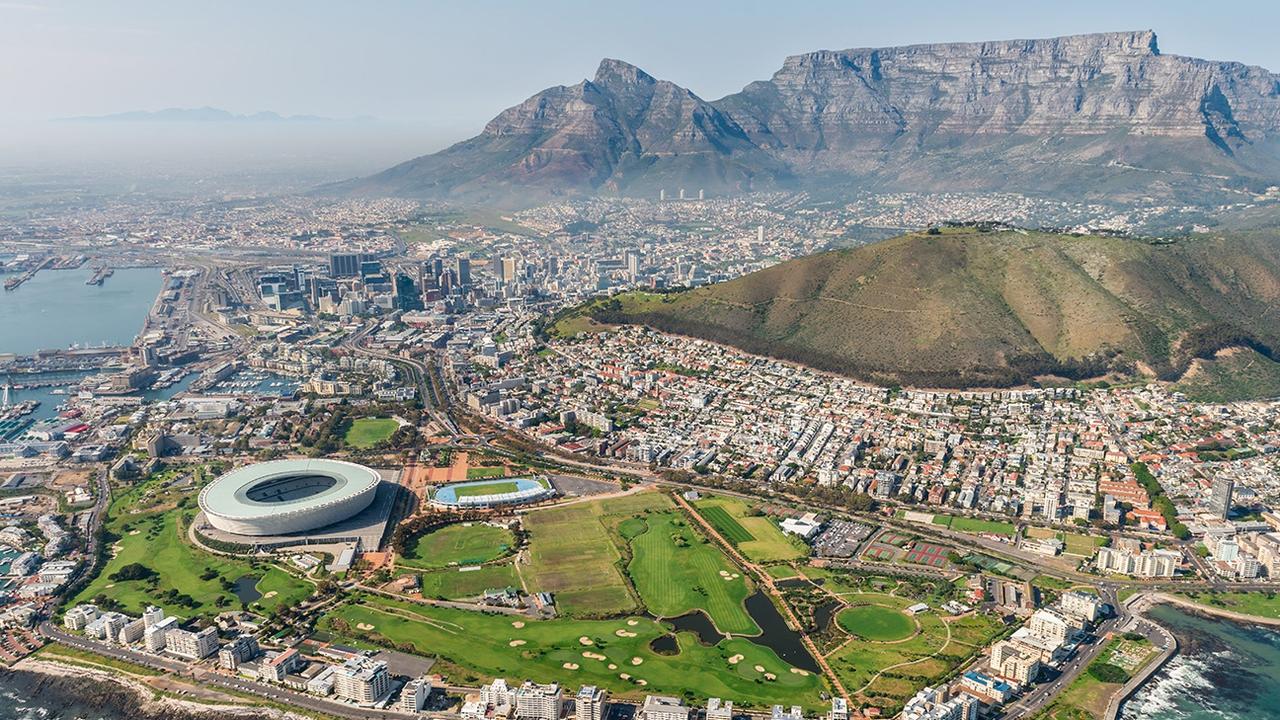
Ms Williams, whose family used to live in District Six, said it was an “incredibly distressing experience” for thousands of people as they were forcibly removed from their houses, which were then torn down.
Her documentary District Six: Rising from the Dust is being shown online in Australia as part of the South African Film Festival. It can be downloaded, to watch now or within 24 hours, until 4pm AEST on Saturday.

District Six: A desirable place to live
What was designated as the “Sixth Municipal District of Cape Town”, and later simply District Six, began to grow in the 1830s.
It would become a busy, thriving suburb in the shadow of Table Mountain and barely 10 minutes’ walk from the city centre and its grand buildings of state, including South Africa’s parliament.
At one point, around 60,000 people – one in ten of Cape Town’s population – lived within the district.
Ms Williams’ family were in the thick of it. Five generations in District Six, they built several houses and her grandfather owned Huntley’s tailor shop on Aspeling St whose clientele included everyone from court judges to the members of Malay men’s choirs.
“It was a highly desirable place to live. Cosmopolitan, multiethnic, multiracial, with different religions. All in this one, condensed place. It was full of culture, music and art,” she said.
“People talk about that sense of community that existed.
“And when you go there now, it’s so stark; there’s this sense of desolation.”
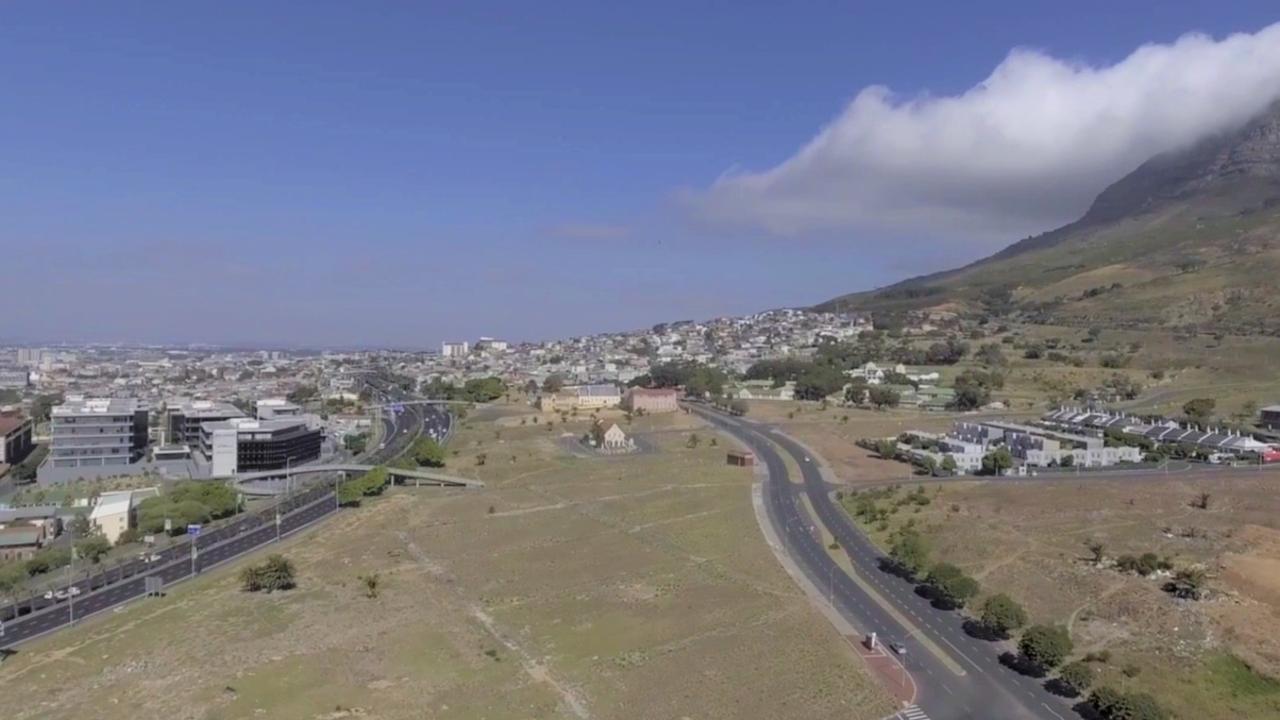

Whites only suburb
District Six became a victim of South Africa’s deeply racist apartheid regime.
In 1950, the government of Prime Minister Daniel Malan legislated the Group Areas Act, one of the most notorious laws of the Apartheid era.
The Act demanded suburbs be divided up by race with separate areas for white, black or “coloured” (mixed race) South Africans. Melting pots like District Six were not to be tolerated.
Eventually, in 1966, the law caught up with District Six and it was decreed a “whites only” suburb with locals eventually forced out of their homes.
Most residents were shipped out to remote neighbourhoods far from where they worked.
“It was the largest forced removal in all of South Africa,” said Ms Williams, whose company Tribal Alchemy made the film.
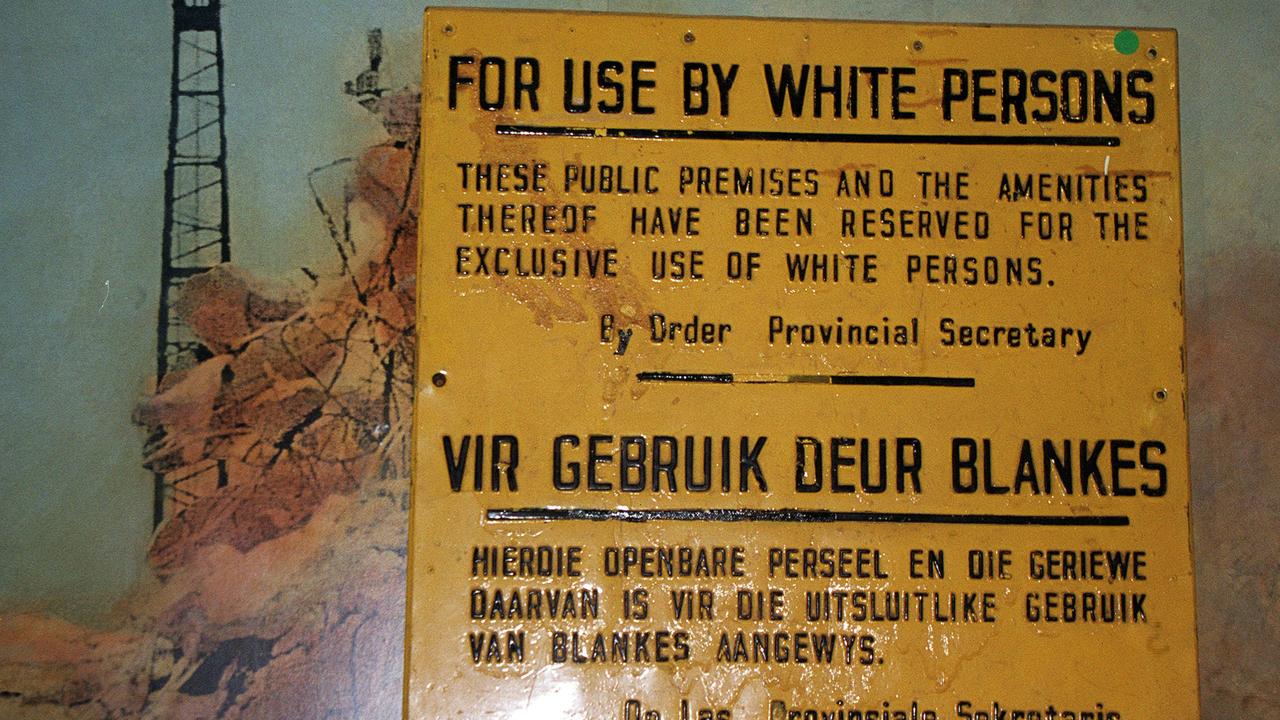
After the residents left, the bulldozers moved in.
“They literally just threw down the houses. The apartheid government’s justification was it was a slum. But there were some really good houses there, old houses, and apartment blocks.”
Hartley’s tailor shop and all her family’s property was among those destroyed. Only places of worship survived.
“The large scale resistance (to apartheid) hadn’t really kicked in at that point. No one had the opportunity to mobilise. There was just this sense of subservience.”
A technical college was built on part of the suburb. But when the government looked to rebuild the rest of District Six for white residents, it came up against domestic and international pressure.
It was easier just to let it remain empty and for nature to slowly swallow the now naked streets.
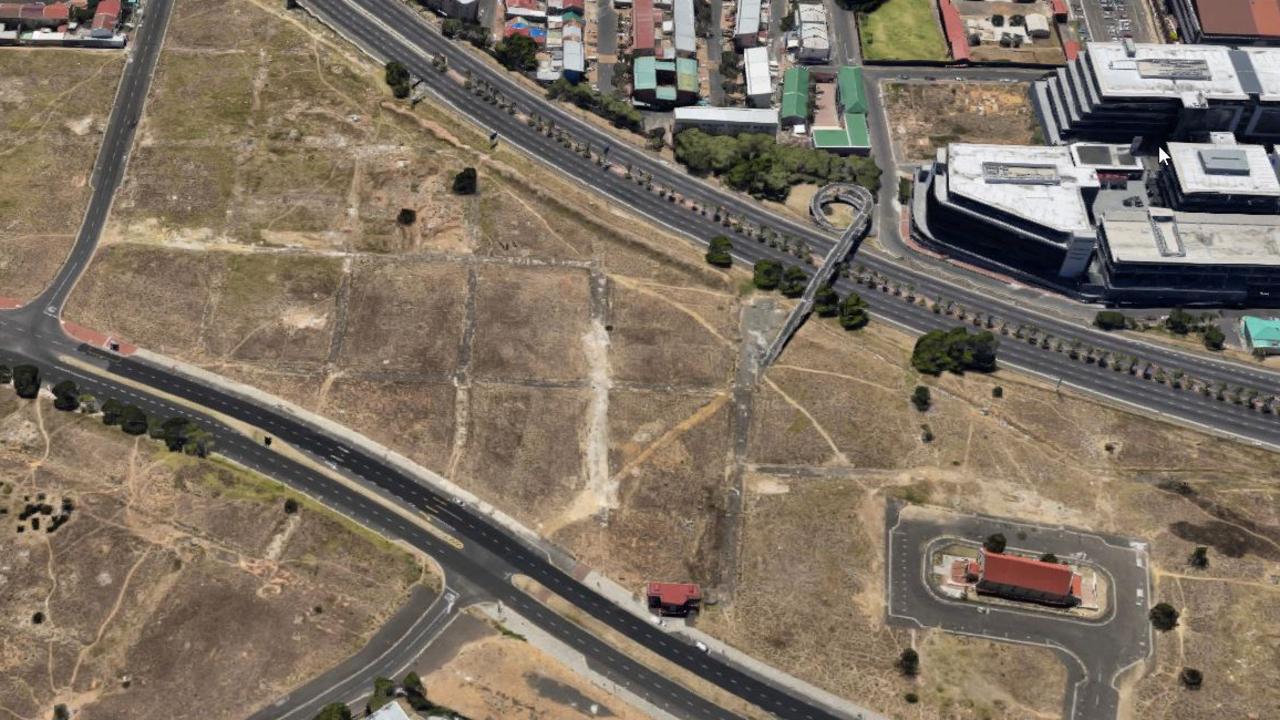
Hands off District Six
Slowly, apartheid began to crumble culminating in Nelson Mandela being elected president in 1994.
Anyone could now live in District Six. In 2003, Mandela handed over the keys to the first retuning residents.
A few houses have indeed appeared, and the fringes of the suburbs are being gentrified.
Yet, almost thirty years later, much of District Six remains a wasteland. The homeless have taken residence in the space where there used to be homes.
“There are thousands of people who have a claim on the land and there is a process for staking your claim,” said Ms Williams.
“But thousands of people have been waiting on this process for decades.”
She said she made the documentary to show that there was “no transparency” in returning and rehabilitating the suburb.
“We went to the deeds office and they say the land is unregistered, that no one owns it.”
The fear is the government will gradually sell the remaining land off, bit by bit, to developers.
“It’s absolute greed. There’s an agenda and a lack of political will around District Six. That’s our ancestral land. We don’t want three or four billionaires to own the bulk of it.”
A campaign called Hands Off District Six is backing the original residents over developers.

One of Cape Town’s major motorways skirts the edge of District Six. Ms Williams can clearly see the great expanse of not much at all as she speeds into the CBD.
“I hope buildings go up. I want to see development so people can live close to the city.
“I don’t think it will be the same District Six. We can’t recreate it. It’s like fixing someone that’s been traumatised; they will never be the same person again,” she said.
“It will be different. But there will be a sense of community, of looking out for others, and that’s the only way we can begin to get to where it once was.”
District Six: Rising from the Dust can be downloaded from the South African Film Festival website until 4pm AEST Saturday, May 22.




